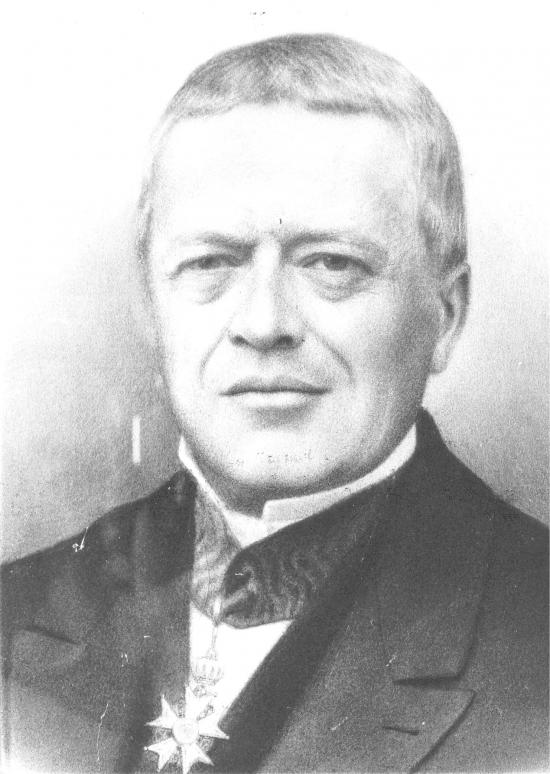<Back to Index>
- Philosopher and Mathematician Antoine Augustin Cournot, 1801
PAGE SPONSOR

Antoine Augustin Cournot (28 August 1801 – 31 March 1877) was a French philosopher and mathematician.
Antoine Augustin Cournot was born at Gray, Haute - Saône. In 1821 he entered one of the most prestigious Grande École, the École Normale Supérieure, and in 1829 he had earned a doctoral degree in mathematics, with mechanics as his main thesis supplemented by astronomy. After graduating, Cournot held many positions as professor of analysis and mechanics, chief examiner for undergraduate students, and rector of Dijon Academy.
Cournot was mainly a mathematician, but did have some influence over economics. His theories on monopolies and duopolies are still famous. In 1838 the book Researches on the Mathematical Principles of the Theory of Wealth was published, in which he used the application of the formulas and symbols of mathematics in economic analysis. This book was highly criticized and not very successful during Cournot's lifetime, and he did try to rewrite it twice, but it still has influence in economics today. Today many economists believe this book to be the point of departure for modern economic analysis. Cournot introduced the ideas of functions and probability into economic analysis. He derived the first formula for the rule of supply and demand as a function of price and in fact was the first to draw supply and demand curves on a graph, anticipating the work of Alfred Marshall by roughly thirty years. The Cournot duopoly model developed in his book also introduced the concept of a (pure strategy) Nash equilibrium, the Reaction function and best - response dynamics.
Cournot believed that economists must utilize the tools of mathematics only to establish probable limits and to express less stable facts in more absolute terms. He further held that the practical uses of mathematics in economics do not necessarily involve strict numerical precision.
Cournot is credited with the "one monopoly profit" theorem, which says that a monopolist can extract only one premium for being a monopolist, and getting into complementary markets does not pay. That is, the total profits a monopolist could earn if it sought to leverage its monopoly in one market by monopolizing an adjacent market are equal to the extra profits it could earn anyway by charging more for the monopoly product itself. An exception occurs when the monopolist's market is price - regulated (Baxter's Law).
Today, Cournot's work is recognized in econometrics. He was also a teacher of political economy and mathematics to Auguste Walras, who was the father of Léon Walras. Cournot and Auguste Walras persuaded Léon Walras to try political economics. Cournot is also credited to be one of the sources of inspiration for Léon Walras and his equilibrium theory.
By the time Cournot died in 1877, he was nearly blind.
In the field of economics he is best known for his work in the field of oligopoly theory - Cournot competition which is named after him.